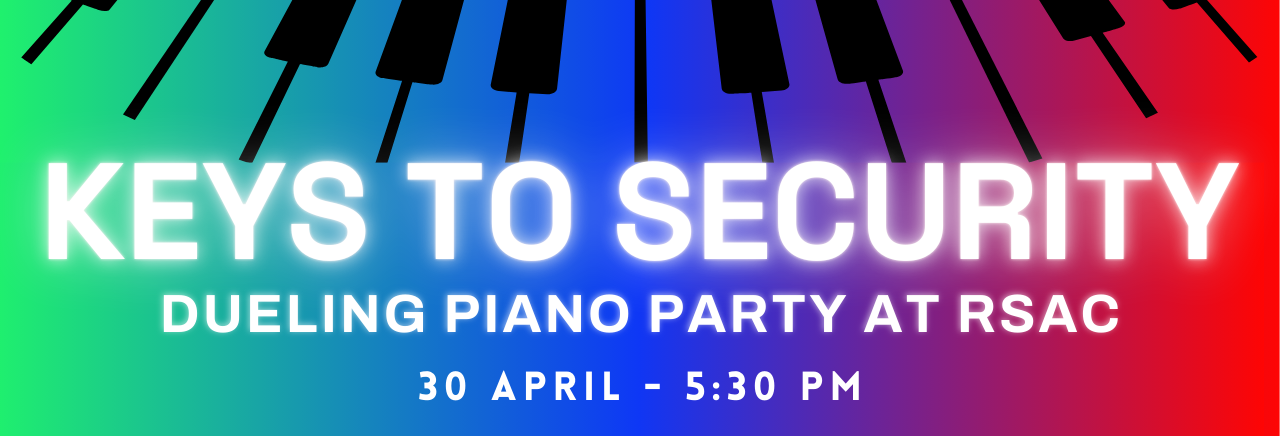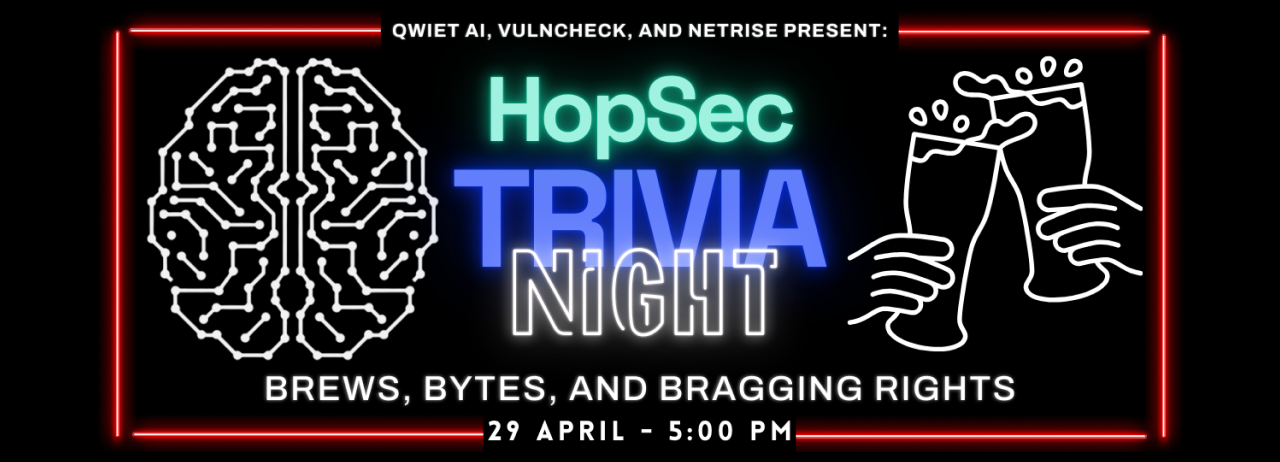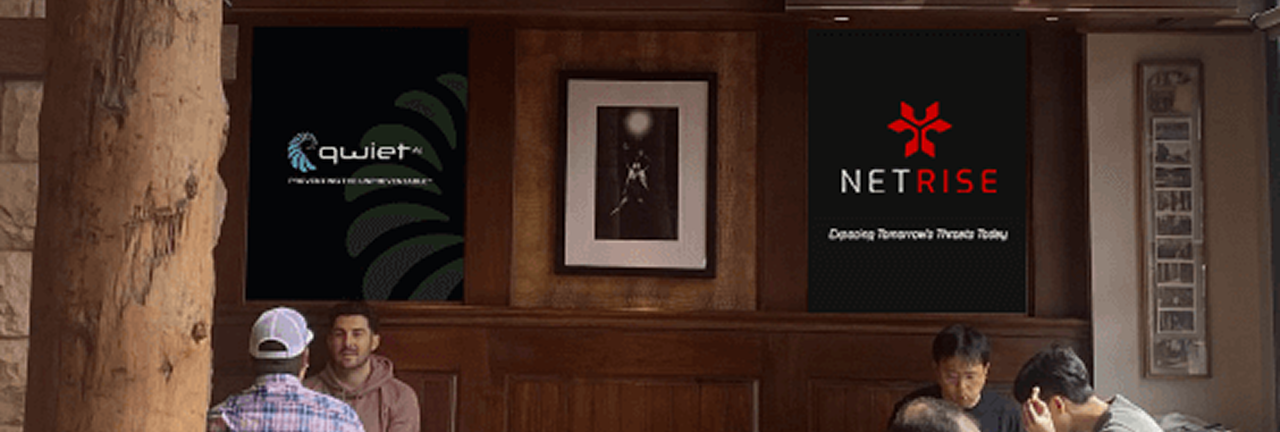ZeroLens: Fix Zero-Day Vulnerabilities and CWEs in Compiled Code Before They’re Exploited
When the next Log4j appears, what if you could sleep easy, knowing you had found and fixed the underlying Common Weakness Enumeration(s) (CWEs) long before they made headlines? Many of today’s zero-days exploit well-known classes of weaknesses, some hiding in plain sight for years. And the threats aren’t slowing down. They continue to disrupt software supply chains.
In fact, in 2024, the use of vulnerabilities as a critical path to initiate breaches nearly tripled year-over-year, fueled in part by supply chain compromises like the XZ Utils backdoor, which embedded itself deep within a critical open-source component.
Whether you’re securing firmware applications or enterprise-scale deployments, you need to find weaknesses before would-be attackers do. You’re going to have to look beyond traditional tools.
Start by examining compiled code.
NetRise ZeroLens: Get Ahead of Adversaries by Finding What They’re Hunting
Look, nobody wants to scramble when the next threat bulletin announcing a zero-day hits their screen. ZeroLens, new from NetRise, decompiles and analyzes binary code, surfacing CWEs that haven’t yet been identified as vulnerabilities.
What if you had that kind of visibility? What if you had that extra time to prioritize, remediate, and mitigate risks to maximize your security posture?
NetRise ZeroLens does exactly that.
ZeroLens strengthens security by giving you actionable insights, detecting risky functions and mapping them to CWEs. ZeroLens integrates with tools like Binary Ninja and Ghidra for triage, generating detailed reports and leveraging AI to generate summaries of findings and defensive mitigations.
Learn More about NetRise ZeroLens
Go Beyond Known Vulnerabilities
Security teams typically rely on vulnerability scanners or source code analysis tools to detect risks. But these approaches often focus on known vulnerabilities. They miss CWEs hiding in compiled binaries, the software that actually runs on your devices and systems.
NetRise uses binary composition analysis to create a complete software inventory. Add ZeroLens and you can analyze compiled code (via API or integration) for weaknesses that haven’t yet been reported as vulnerabilities. This includes CWEs that attackers could exploit before the industry becomes aware of them.
We believe ZeroLens is the most complete analysis on the market that finds weaknesses in compiled code, across pre-deployment, deployment, and legacy builds, spanning a wide range of software: firmware, device-level systems, and applications.
Why Zero-Day Risk Requires a New Approach
A zero-day vulnerability is a flaw in software that doesn’t have a patch or fix available. Once attackers discover it, they can exploit the weakness immediately. One of the most high-profile examples was Log4j, a vulnerability in a widely used open-source library that affected nearly 90% of global enterprises. Two years later, over one-third of organizations were still running vulnerable versions.
That’s the kind of long-tail risk you can prevent with proactive detection.
Detect Weaknesses Before They Become Threats
NetRise ZeroDay uses artificial intelligence (AI) to uncover weak points in your software, before they become published vulnerabilities. ZeroLens analyzes binary files, using AI to map CWEs based on the surrounding code context, providing more proactive detection than traditional AppSec tools that only scan source code.
ZeroLens cuts through the noise of too much information and helps you prioritize risk, and determine what to fix first.
Use Cases That Drive Real-World Impact
ZeroLens delivers critical value across teams:
- Security Operations and Risk Managers
Understand where the real risks are, not just where the known vulnerabilities live. This helps you allocate resources and budget more effectively. - Product Security at Device Manufacturers
Detect weaknesses in firmware-level code early, reducing the chance of recall-level security issues later. - Red Teams and Vulnerability Researchers
Upload and analyze thousands of binaries at once. Speed up your research, automate repetitive tasks, and focus on high-impact findings. - Ethical Hackers
Give security teams a head start on patching risks, before attackers exploit them, and let ethical hackers test whether those risks are real.
How do our customers use ZeroLens? Our press release quotes a business unit director at a major medical device manufacturer saying his company will use ZeroLens to enforce CWE analysis on firmware security projects where other static analysis tools just won’t cut it, layering this new ability on top of NetRise’s flagship software supply chain security offerings.Get Ahead of the Next Log4j
Threat actors are constantly scanning for new ways in. Don’t wait for a vulnerability to show up in a public database. Start identifying and prioritizing weaknesses today—using AI, at scale, with context.
Explore how AI-powered binary analysis helps uncover CWEs and zero-day threats
Stay up to date with the news
Sign Up To Get Our Free Insights Delivered To Your Inbox




